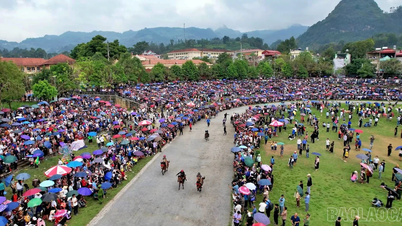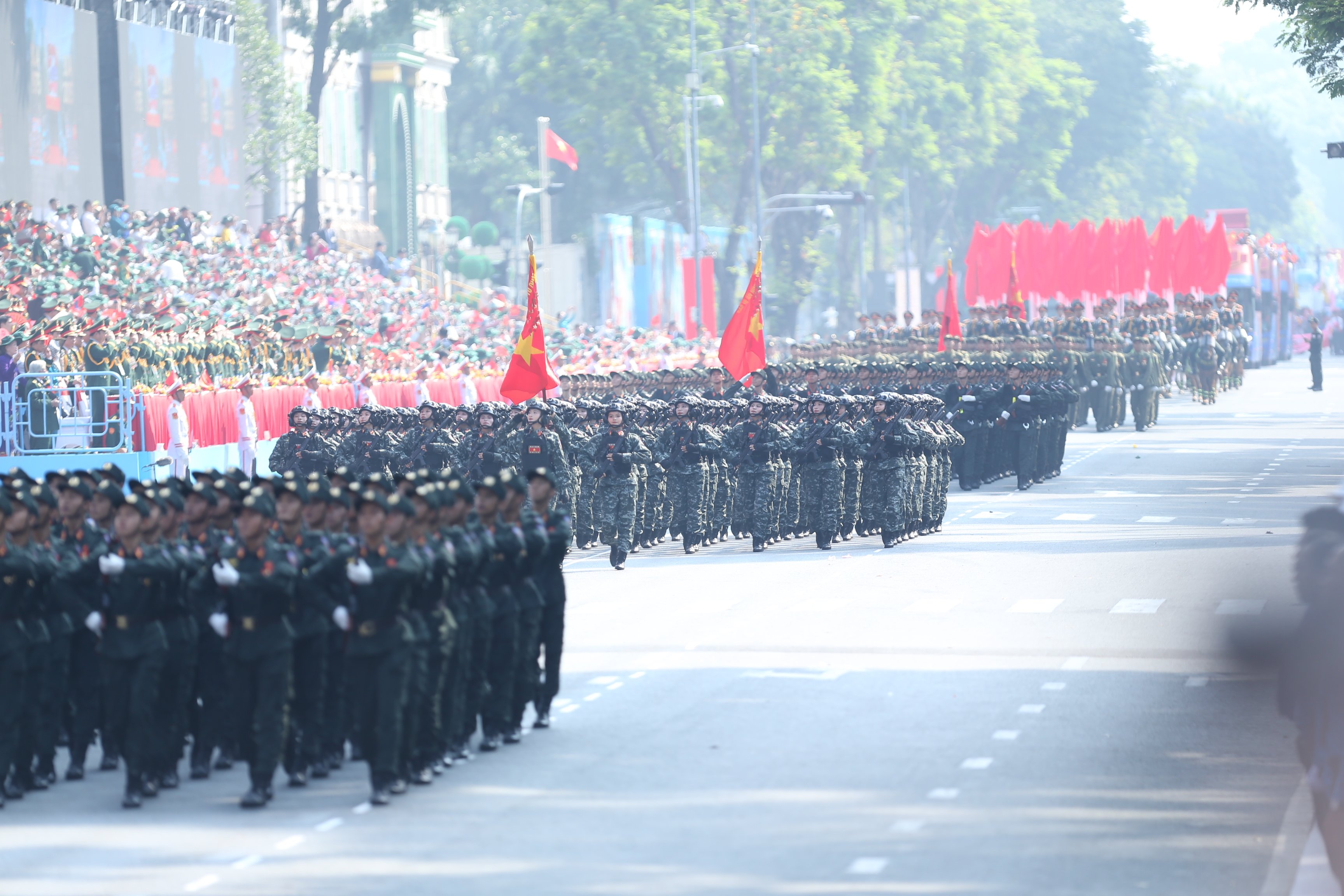According to the roadmap, from July 1, 2025, district-level administrative units nationwide will cease to operate, and the two-level local government model will begin operating with the operation of new wards and communes.
Explaining some contents before the National Assembly Standing Committee on June 5, Minister of Home Affairs Pham Thi Thanh Tra said that previously, the ward People's Committee office only served people in the ward (not to mention a small number of visitors from other localities), with a ward leader on duty to sign, and only one official to receive, enter documents and stamp. Now, the number of people receiving can increase - at most only 2-3 people but still only one person signs and stamps, while having to serve people from 2-3 or even 4 merged old wards. Not to mention that now the new ward level also has to take charge of many administrative procedures, tasks that were previously under the authority of districts - counties, causing work to be congested and overloaded. The most feasible solution to help the new administrative apparatus operate smoothly and effectively is to deploy e-government, digital government, digital citizens; apply digital technology with the power of artificial intelligence (AI). In particular, it is necessary to optimally exploit AI in the restructuring of the administrative apparatus on this unprecedented scale. The government needs to be ready in terms of facilities and technological infrastructure, both in terms of hardware systems and application platforms. Especially the connection of data and systems between new units as well as the consolidation of data of merged units.

Officials of the People's Committee of Binh Tan District, Ho Chi Minh City receive and process online applications from citizens. Photo: HOANG TRIEU
Responding to the press at the end of May, Ms. Vo Thi Trung Trinh, Director of the Ho Chi Minh City Digital Transformation Center, said that the center has closely coordinated with the two provinces of Binh Duong and Ba Ria - Vung Tau, the two localities that will merge with Ho Chi Minh City into the new Ho Chi Minh City, to prepare for the information technology and data systems. A series of related tasks have been deployed by the center to ensure that the state management apparatus of the new Ho Chi Minh City, including the new wards and communes, can operate seamlessly and smoothly on a digital technology platform.
Of course, in the initial period of operation of the new apparatus, there must be solutions and forces ready to handle immediately. Localities should study and implement the public-private form in digital transformation work at the grassroots level. Specifically, there should be a mechanism to hire personnel and external resources to support. This approach both ensures that the state apparatus does not increase its payroll and mobilizes available resources from society, helping the new administrative management apparatus operate effectively.
Source: https://nld.com.vn/san-sang-ha-tang-cho-ngay-1-7-196250607190142681.htm

























































































![[OCOP REVIEW] Tu Duyen Syrup - The essence of herbs from the mountains and forests of Nhu Thanh](https://vphoto.vietnam.vn/thumb/402x226/vietnam/resource/IMAGE/2025/6/5/58ca32fce4ec44039e444fbfae7e75ec)







Comment (0)